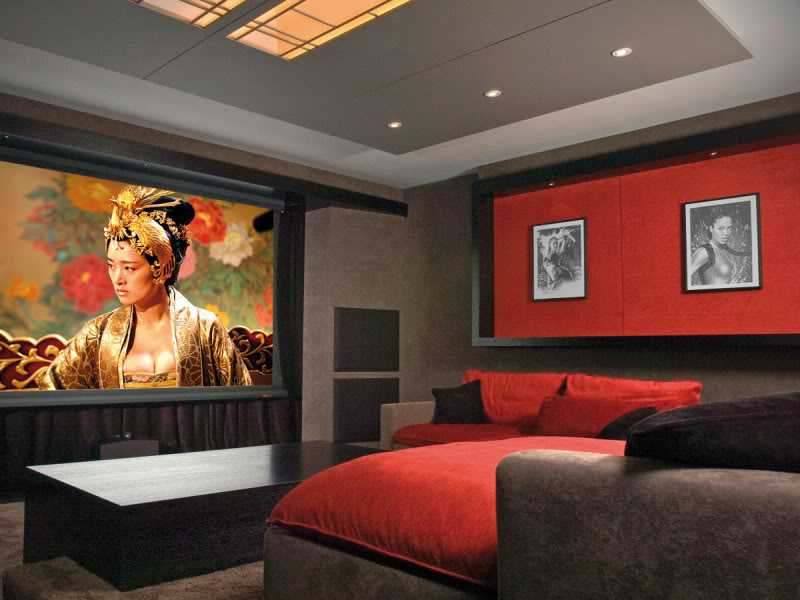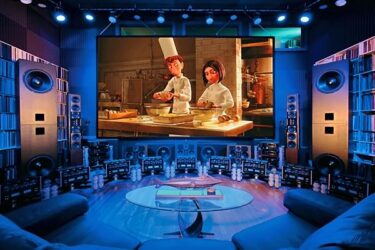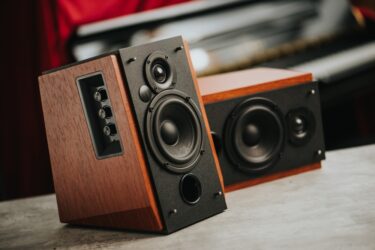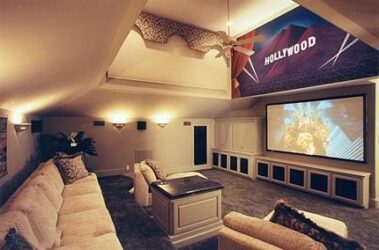The dream of building a theater in the home that provides a premium viewing and listening experience can be realized. However, as with most projects, a little forethought will go a long way. An impulsive plunge into the construction of such a theater can create sub-par results. Such a move may even demand expensive corrections at a later time.
A good home theatre is more than a projector and some hastily arranged recliners. Here are some ideas that can maximize one’s results.
Theater Locations
Every empty room is not automatically a potential location for a theater. There are a variety of questions to ask as you evaluate a particular space for its home theater potential:
- How many people will potentially use the theater, including guests?
- Will a snack and beverage area be included?
- Is the distance from projector to the screen/wall adequate to project an ideal image?
- Can a sound system be successfully positioned within the available space?
- In general, is there enough space for everything that is needed?
Other factors come into play that can make or break a theater in the home:
Impact on the Neighbors
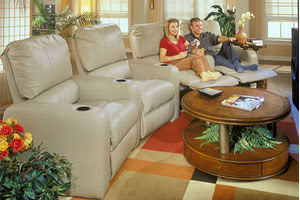
Will your neighbors be able to see and/or hear your movies? If so, your late night movie party might clash with your neighbor’s 7am tee time, and the results may not be pretty.
Acoustics
It is a scientific fact that sound will bounce off of walls in a squared-off room more appropriately than in rooms with irregular surfaces. For example, an alcove or an open closet can capture sound rather than adequately reflect it. Consideration should be given to removing irregular surfaces during home theater construction. This will allow one to direct sound toward the audience in an effective manner.
Insulated Panels
Unwanted sound reflection, especially near speakers, is typically controlled by affixing acoustic panels to the walls. These panels are usually one-inch thick, and they are composed of thick-packed fiberglass. A key step in attaining great acoustics is attaching these panels to the walls.
Controlling Light
The less ambient light the better. Converting a room with windows will require some careful planning as to how unwanted extraneous light will be dealt with. Don’t assume that merely covering windows will produce adequate results. Sometimes, windows can disqualify a room as a potential theater.
Basements are popular locations for theaters in residences because they quite naturally address these concerns. Windows are not usually an issue. Irregular wall surfaces are uncommon. Finally, the chances of amplified sound reaching the ears of your neighbors are virtually eliminated. Those that decide on a basement home theater will often find such a conversion to be relatively straightforward and therefore less expensive.
Theater Seating
Stadium-style seating is popular because it addresses “line of sight” issues that pertain to those in the second row. Multiple rows of seating are optimal because such a seating arrangement keeps spectators closer to the line between projector and screen. One long, extended row of seats can leave those on the far ends looking at a distorted image. With stadium-style seating, the second row is installed on a platform that elevates the seats enough so that those in the second row can easily see over those in front of them.
Snack Bars
Some believe that a home theatre is not complete without the addition of a snack bar. A modest popcorn maker, a soda dispenser and a candy counter can quickly replicate the feeling one gets at a commercial movie theater. The convenience of ready access to food and drink is undeniable as well. One cautionary note should be stated, however. too large a snack bar can become a distraction. For example, a larger popcorn maker may cast unwanted light into the viewing area. In general, the snack bar should be situated where stray light and unwanted noise will be minimized.
Worth the Effort
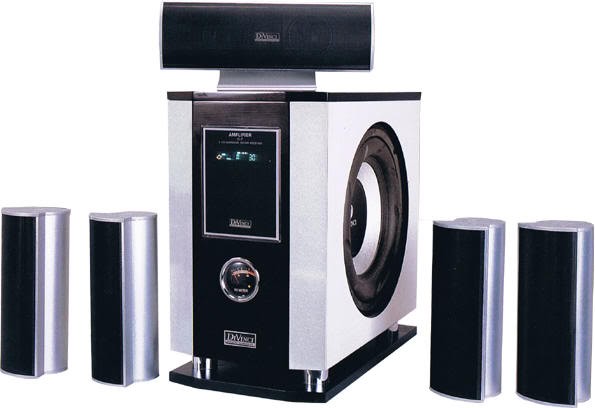
Improvements in digital projection and audio systems can make the experience nothing short of spectacular. Of course, the savings enjoyed every time a trip to the movie theater is averted are very real. Those ten-dollar soda/popcorn combo “deals” are hard to swallow. Plus, the unknowns involving rowdy behavior and unwanted smartphone use are averted as well. By contrast, a theater in the home can be a truly intimate gathering place for family and friends. And, the value in seeing the exact movie you want when you want is incalculable.
Given the potential rewards, it is more than worthwhile to plan a home theatre to maximize the benefits. The investment in time and effort upfront will produce payoffs for years to come. A well-darkened theater with good sight lines and excellent acoustics will bring the true essence of every movie to the audience. Create a superlative viewing and listening experience, and your family and guests will certainly be appreciative.



